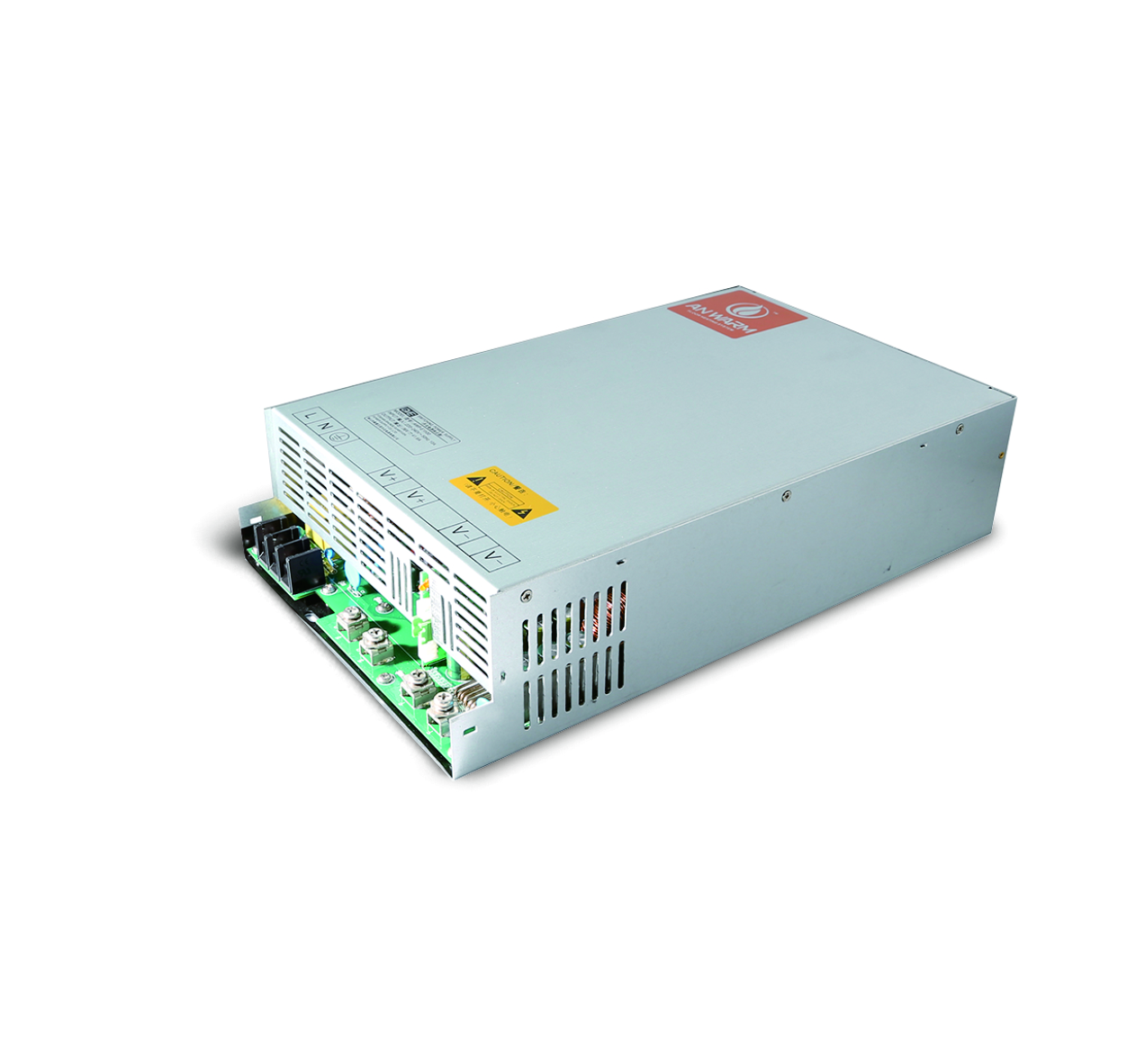What Voltage is Industrial Supply?
2024.05.30

Common Industrial Voltage Levels
In the United States, industrial power supply systems typically use several standard voltage levels, each suited for specific applications. Here are the most common voltage levels:
208 Volts
Application: Commonly used in commercial and industrial settings for three-phase power systems. It is suitable for powering larger equipment and machinery.
Configuration: Often found in three-phase systems, providing a balanced power supply for industrial loads.
240 Volts
Application: Used for larger appliances such as electric ovens, dryers, and air conditioners, as well as industrial equipment and large commercial buildings.
Configuration: This can be used in both single-phase and three-phase systems, providing flexibility for various industrial applications.
277 Volts
Application: Primarily used for lighting systems and other electrical systems that require higher voltage than the standard 120 volts used in residential applications.
Configuration: Typically found in three-phase systems, often in commercial and industrial buildings.
347 Volts
Application: Commonly used in commercial lighting applications, such as high-pressure sodium lamps and high-intensity discharge (HID) lighting systems.
Configuration: Found in three-phase systems, particularly in regions like Canada.
480 Volts
Application: Used to power large equipment such as motors, pumps, and compressors, as well as for lighting and other electrical systems in commercial and industrial buildings.
Configuration: Standard for three-phase power systems in the U.S., providing a high-capacity power supply for industrial applications.
600 Volts
Application: Powers a variety of heavy machinery, including motors and pumps, in industrial settings.
Configuration: Common in Canadian industrial systems, providing robust power for demanding applications.
Voltage Classes and Standards
Industrial power supply systems are classified into different voltage classes based on their voltage levels. These classifications help in standardizing the design and safety requirements for electrical systems:
Low Voltage (LV): Less than 1000 volts. Commonly used for most industrial and commercial applications.
Medium Voltage (MV): Greater than 1000 volts and less than 100 kV. Used for larger industrial applications and power distribution.
High Voltage (HV): Greater than 100 kV and up to 230 kV. Used for long-distance power transmission.
Extra-High Voltage (EHV): Greater than 230 kV but less than 1000 kV. Used for major power transmission networks.
Ultra-High Voltage (UHV): Equal to or greater than 1000 kV. Used for the highest capacity power transmission.
Voltage Configurations
Industrial power supply systems can be configured in different ways to meet specific application requirements. The two most common configurations are:
Wye (Star) Configuration
Description: In this configuration, one end of each phase winding is connected to a common neutral point, forming a star shape.
Application: Provides both line-to-line and line-to-neutral voltages, making it versatile for various industrial applications.
Example: 120/208V, 277/480V systems.
Delta Configuration
Description: In this configuration, the phase windings are connected in a closed loop, forming a triangle shape.
Application: Typically used for three-phase motor loads and other industrial equipment that do not require a neutral connection.
Example: 240V, 480V systems.
Importance of Voltage Standards
Adhering to voltage standards is crucial for ensuring the safety, reliability, and efficiency of industrial power supply systems. Standards such as those set by the International Electrotechnical Commission (IEC), the American National Standards Institute (ANSI), and other regional bodies provide guidelines for voltage levels, configurations, and safety requirements.
Conclusion
Understanding the voltage levels and configurations used in industrial power supply systems is essential for designing and operating efficient and reliable electrical systems. By adhering to established standards and selecting the appropriate voltage for specific applications, industries can ensure the safe and effective operation of their equipment.
